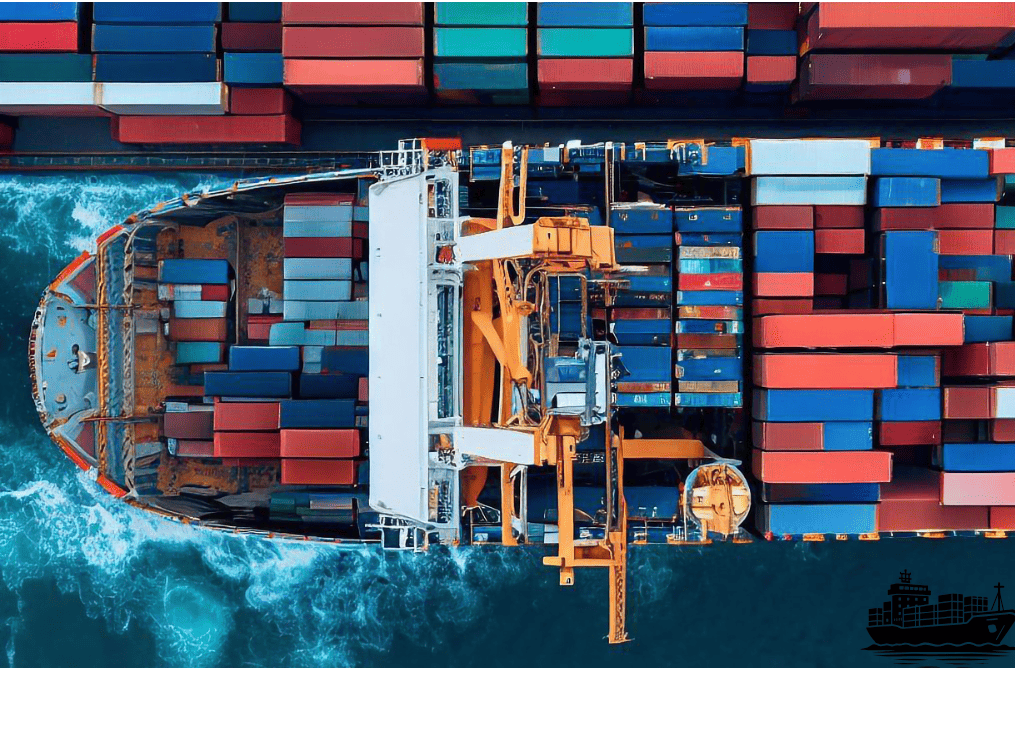FBA LCL Quote
FBA 40HQ FCL Quote
In the world of international trade, understanding Incoterms, such as FOB (Free on Board), is crucial for businesses engaged in the transportation of goods. FOB is an essential Incoterm that defines the responsibilities and risks between buyers and sellers during the shipping process.
What is FOB (Free on Board)?
FOB, or Free on Board, is an Incoterm that specifies when the ownership and risk of goods transfer from the seller to the buyer during international shipping. Under FOB terms, the seller is responsible for delivering the goods to the port of shipment, clearing them for export, and loading them onto the vessel.
Once the goods are on board the vessel, the risk and ownership transfer to the buyer, who then assumes responsibility for the remainder of the transportation, including customs clearance and delivery to the final destination.
Pricing and Responsibilities Under FOB
The pricing and responsibilities under FOB can be broken down as follows:
1. Seller's Responsibilities:
- Deliver the goods to the port of shipment
- Clear the goods for export
- Load the goods onto the vessel
2. Buyer's Responsibilities:
- Pay for the cost of the goods
- Arrange and pay for the transportation from the port of shipment to the final destination
- Handle customs clearance and import procedures at the destination.
By clearly defining the responsibilities, FOB helps to avoid misunderstandings and potential disputes between the buyer and seller during the shipping process.
FOB Destination vs. FOB Shipping Point
FOB can be further classified into two subsets: FOB Destination and FOB Shipping Point.
1. FOB Destination:
- The seller is responsible for the goods until they reach the buyer's specified delivery location, usually the buyer's loading dock or office building.
- The buyer pays for the transportation from the port of shipment to the final destination.
2. FOB Shipping Point:
- The buyer is responsible for the goods once they are loaded onto the vessel at the port of shipment.
- The buyer pays for the transportation from the port of shipment to the final destination.
The choice between FOB Destination and FOB Shipping Point can have a significant impact on the overall landed cost of the goods and the level of control the buyer has over the shipping process.
Importance of Specifying the Incoterms Edition Year
When using FOB Incoterms, it is essential to specify the edition year of the Incoterms rules, as they are updated periodically by the International Chamber of Commerce (ICC). Failing to do so can lead to confusion and potential disputes, as the responsibilities and obligations may differ between editions.
Conclusion
FOB Incoterms play a crucial role in defining the responsibilities and risks between buyers and sellers in international trade. By understanding the meaning of FOB, the pricing structure, and the differences between FOB Destination and FOB Shipping Point, businesses can make informed decisions and ensure a smooth and efficient shipping process. Adhering to the latest Incoterms edition is crucial to avoid any ambiguity or misunderstandings during the transportation of goods.



